Glossary
Logout
©Copyright Arcturus 2022, All Rights Reserved.
7
Terms & Conditions
|
|
|
|
Security & Privacy
Contact
DEVELOPMENT PHASE
|Product LifeCycle Planning Framework - Development Phase
The ‘Product Development Phase’ of the Product Management Process follows sequentially from the ‘Conceptual Planning Phase’. As the heading suggests the primary deliverable of this phase is a product offering which has been designed (at an agreed cost) to meet the exact requirements of the pre-defined market with any deviations in specification and or costs managed and appropriately reported.
PMM (Generic) Programme Management and Market Development Planning Framework
Programme Management Plan
TouchPoint Management
|PMM Business Planning Framework - Orientation
Market research and intelligence studies continue throughout this phase complementing the prerequisite product requirements and definition studies. This leads to a definitive product specification (agreed by all stakeholders – incorporating a user requirements study) being produced. This is followed by an agreed product development plan and a process of managing priorities, deviations (internal and external) and risks on route to a fully delivered product offering.
Depending upon the type of product / service being developed a decision must be made for the most suitable development process that will deliver strategic intent in the most efficient and effective manner. The main contenders today are variants of StageGate™ and/ or Agile development processes (see figure1 & 2 below). The purpose of the development process is therefore to pragmatically manage the development activity from a project perspective, ensuring elements are delivered on time and to budget in a repeatable manner. Risk assessment is a prerequisite / integrated part of the ‘Development Phase’ and is complementary to the additional activities associated with compiling the ‘Product Business Plan’.
Figure 1. Generic StageGate / Toll Gate Development Process...

Figure 2. Generic Agile Development Process...
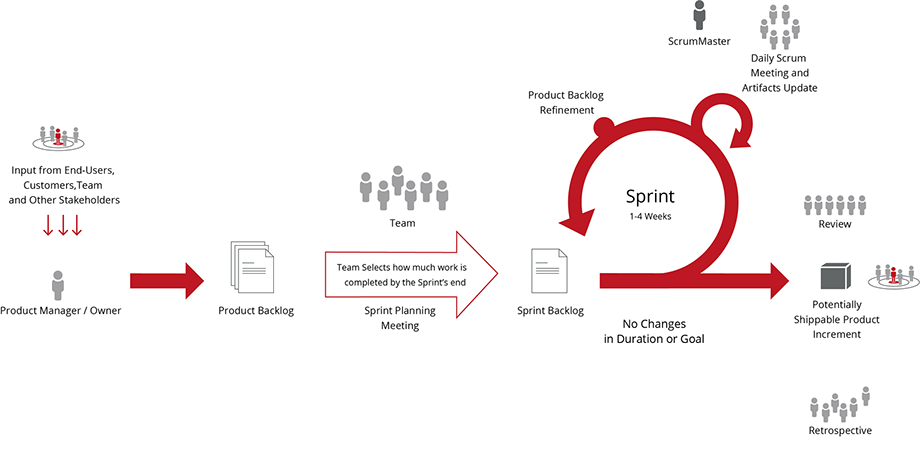
The business plan and related process elements ensures that all functional areas of the business are represented in a timely and proactive manner. The format also enables the Product Manager to manage with a degree of authority the multi-disciplinary team by a process of functional objectives and associated strategies.
In common with all other phases a situational analysis study (a continuous review of the market environment) followed by a strategic review of business opportunities continues throughout the ‘Development phase’ with any deviations (from previous expectations) recorded and appropriately reported (...in parallel with the StageGate™ process).
In parallel with the latter stages of the ‘Development Phase’ a ‘Product Manual’ is compiled (semi-automated process) covering technical details of the product itself, the intended market(s) and all internal related aspects, strategic or otherwise. The ‘Product Manual’ is a ‘reference’ manual for the product / service and is strictly for internal use only and remains with the associated product until withdrawal.
The Development Phase incorporates the following (primary) management activities;
Phase Vision / Goal:
Requirements Definition - Concept Design / Develop
839x411.png?crc=195252474)
Development Phase
Process Requirements - Objectives:
- Strategic Vision ~ Short, Medium, Long-term Objectives
- Strategic Alignment and Point of Reference
- Market Research and Intelligence ~ Analysis and Review
- Product Marketing Plan - Strategic Review
- Product Forecast and Trend Analysis
- Financial Review and Management
- Development ~ Product Plans / Variants - Review
- Operations and Logistics Strategy - Review
- Sales Strategy Management - Review
- After-Sales and Product Support Strategy - Review
- Marketing Communication Objectives and Strategy - Review
- Strategic Deployment and Communication
- Risk Analysis ~ Contingency Planning

Strategic Tools and Processes
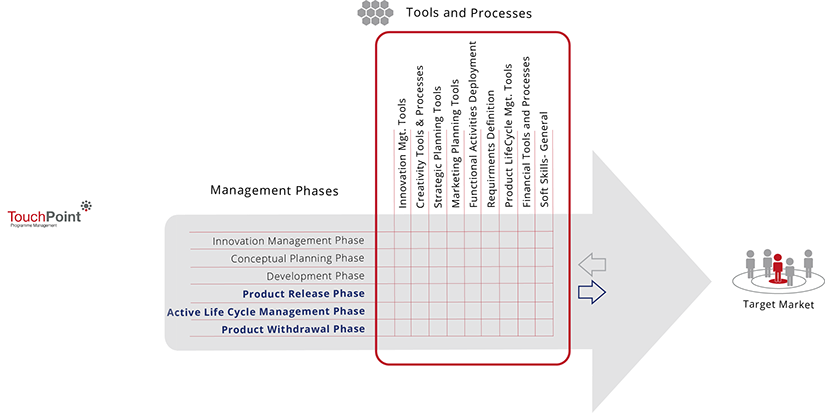
Development Phase
Strategic Planning Tools / Processes
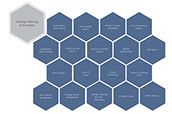
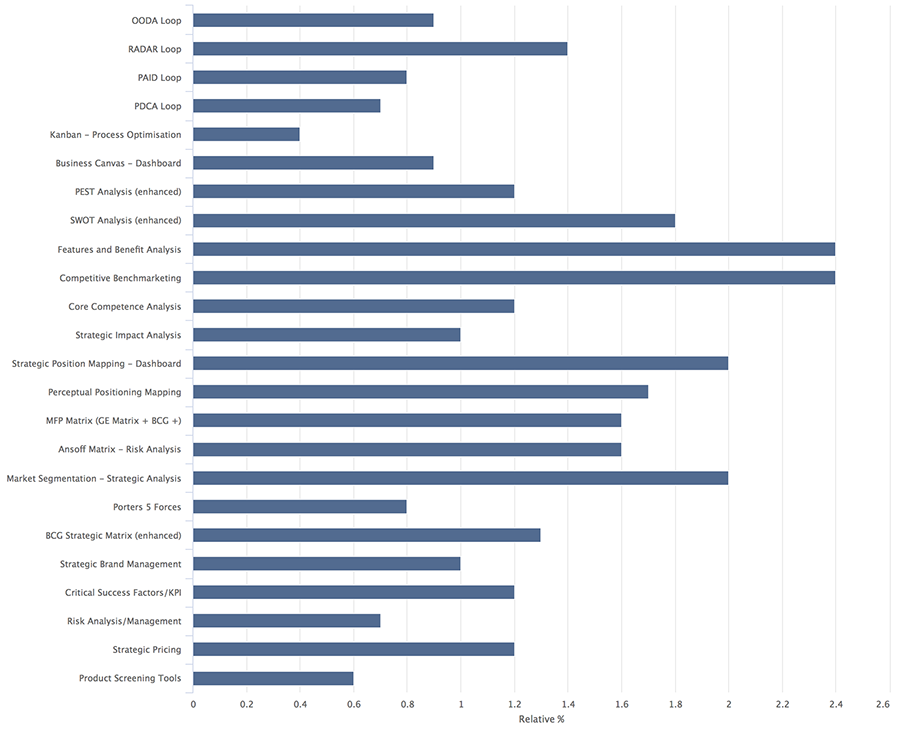
Stakeholder Management

Marketing Planning / Process Tools


Creativity / Process Tools


PLC Management & Planning Tools
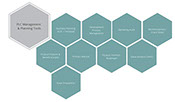

Requirements Definition


Financial Tools / Processes


Innovation Management


Functional Activities / Deployment
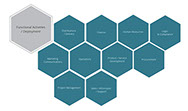

Product Management (Soft) Skills


PM Specialist / Expert Knowledge - Development Phase


|PMM Process Orientation - Professional Support









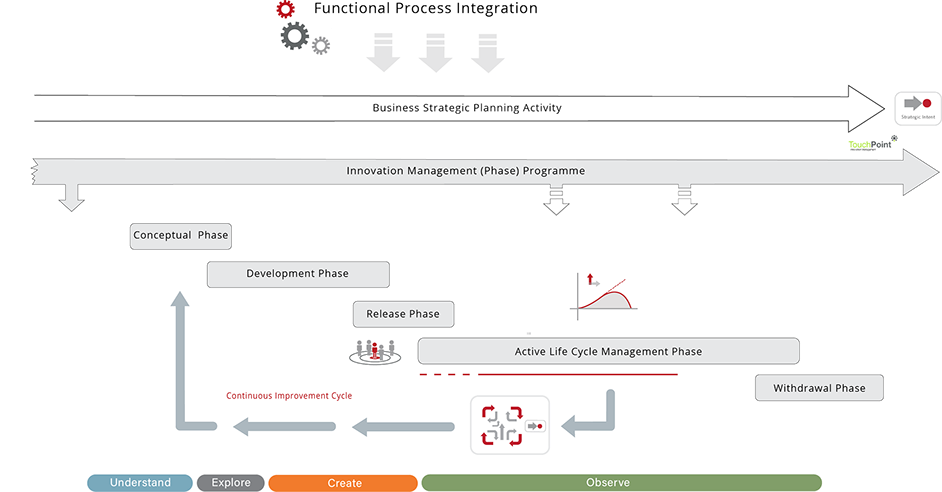
290x51.png?crc=428057808)




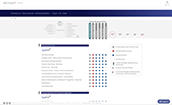

.png?crc=3847080596)
